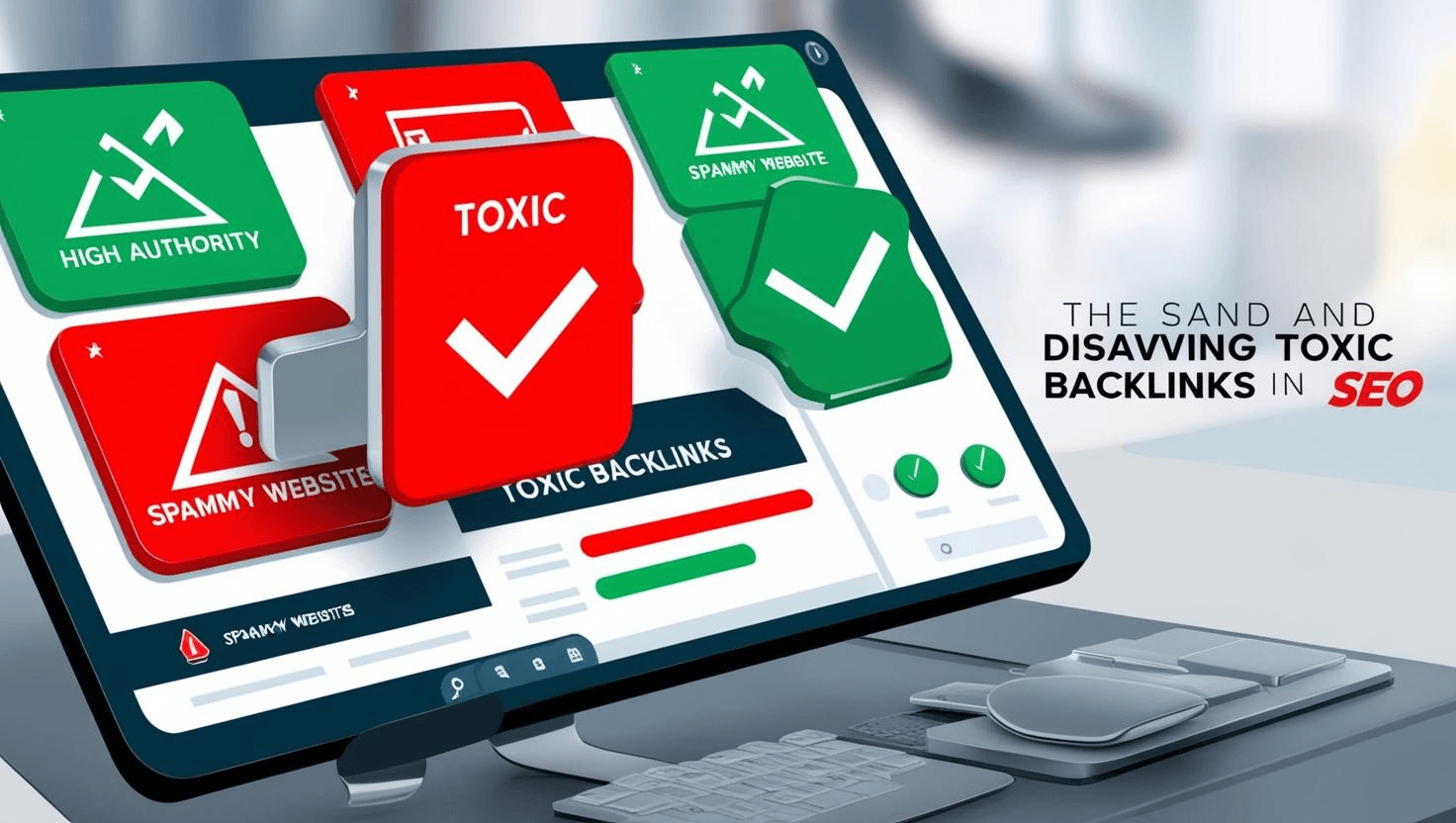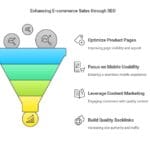
Backlinks play a crucial role in determining your website’s search engine ranking and overall visibility. While quality backlinks can boost your SEO performance, toxic backlinks can have the opposite effect, harming your site’s reputation and rankings. Identifying and disavowing toxic backlinks is an essential part of maintaining a healthy backlink profile. In this guide, we’ll walk you through the steps to identify toxic backlinks and effectively disavow them.
What Are Toxic Backlinks?
Toxic backlinks are links from low-quality or spammy websites that can negatively impact your website’s SEO performance. These links often originate from sources like:
- Spam websites: Sites with little to no valuable content, designed solely for link-building schemes.
- Private Blog Networks (PBNs): Groups of websites created to manipulate search engine rankings.
- Irrelevant websites: Links from sites unrelated to your niche or industry.
- Over-optimized anchor text: Links with keyword-stuffed or unnatural anchor text.
- Hacked websites: Links from sites compromised by malware or malicious activity.
Why Are Toxic Backlinks Harmful?
Toxic backlinks can lead to a variety of issues, including:
- Penalties from search engines: Google’s algorithms, such as Penguin, penalize websites with manipulative or spammy link profiles.
- Lower search rankings: Toxic links can dilute the authority of your backlink profile, causing your rankings to drop.
- Damage to your reputation: Association with spammy or irrelevant sites can harm your brand’s credibility.
How to Identify Toxic Backlinks
1. Use a Backlink Analysis Tool
Tools like Ahrefs, SEMrush, or Moz can help you analyze your backlink profile. These tools provide insights into:
- The source of the backlinks
- The domain authority of the linking sites
- Anchor text used in the backlinks
- Spam scores or toxicity ratings
2. Check for Common Indicators of Toxic Links
Look for the following signs:
- Low domain authority: Links from websites with low or zero authority are often toxic.
- Irrelevant content: Backlinks from sites unrelated to your industry or niche.
- High spam score: Websites flagged for spammy behavior by tools like Moz or Ahrefs.
- Sudden link spikes: An unnatural increase in backlinks within a short period may indicate spam.
- Duplicate or scraped content: Sites with plagiarized content are red flags.
3. Manually Review Backlinks
Perform a manual review of your backlinks to confirm their quality. Visit the linking websites and assess their content, design, and relevance to your site.
How to Disavow Toxic Backlinks
Step 1: Create a List of Toxic Backlinks
Compile a list of all the toxic backlinks you want to disavow. Include the URLs of the specific pages linking to your site or the entire domain if the site is entirely spammy.
Step 2: Try to Remove Links Manually
Before using the disavow tool, reach out to the webmasters of the linking sites and politely request the removal of the toxic links. While not all webmasters will respond, this step demonstrates due diligence.
Step 3: Use Google’s Disavow Tool
If manual removal isn’t possible, use Google’s Disavow Tool:
- Create a text file with the URLs or domains you want to disavow. Use the following format:
- To disavow a specific URL:
http://example.com/spammy-page - To disavow an entire domain:
domain:example.com
- To disavow a specific URL:
- Save the file with a
.txtextension. - Go to the Google Disavow Tool and upload the file.
Step 4: Monitor Your Backlink Profile
Regularly monitor your backlink profile to ensure no new toxic links are added. Set up alerts using tools like Ahrefs or SEMrush to stay informed about changes in your backlink profile.
Best Practices to Prevent Toxic Backlinks
- Focus on quality over quantity: Build links from high-authority, relevant websites.
- Avoid black-hat SEO techniques: Stay away from link schemes, PBNs, and other manipulative practices.
- Conduct regular audits: Periodically review your backlink profile to identify and address potential issues.
- Diversify your link sources: Aim for a natural mix of link types and anchor texts.
Conclusion
Identifying and disavowing toxic backlinks is vital for maintaining a strong and healthy backlink profile. By proactively monitoring your links and using the disavow tool when necessary, you can safeguard your site’s reputation and SEO performance. Remember, a well-maintained backlink profile is a cornerstone of a successful SEO strategy.






